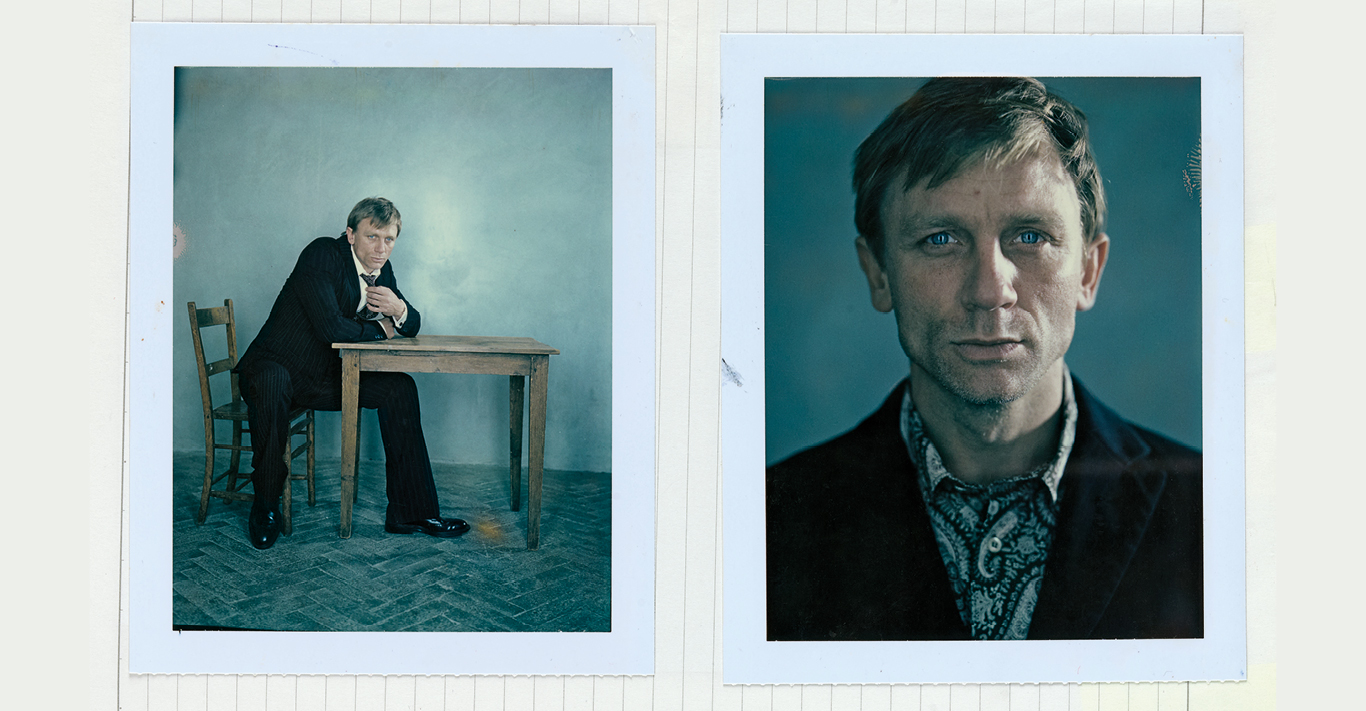WORDS
Peter Howarth
Back in the mists of the 1990s I worked as style director of British GQ magazine. The fashion director was a woman called Jo Levin – now Jo Hambro – and she was quite a character. Jo was not your typical fashion stylist in that she always seemed to me to be more passionate about the photography than about the clothes. When she conceived an idea for a shoot for the magazine, it was always with a view to creating a narrative, and more often than not would draw inspiration from a film or ballet or, indeed, the work of a photographer of the past. These shoots would become like scenes from an imaginary movie, with different characters playing different roles. And then when she was required to photograph celebrities rather than models, they too would be encouraged to play their part in a production that had been formulated in Jo’s head. In the end, it was always all about the atmosphere and mood of the image, not about which shirt went with which jacket.
My job was often to join Jo on these missions to pen accompanying articles. And so I got to know how she worked and to see her method up close. One thing I always noticed was how keen she was to see a story develop through looking at the Polaroids that the photographers would take in planning their shots. Before digital, when photography was done exclusively on film, it was standard practice for a photographer to do dummy runs of images on Polaroid to see instantly what the final result on film would be should he or she replicate the set-up and settings on the camera when it came to shooting the real thing. In those days there was no way of looking at a screen on the back of a camera to see what you were getting, or on a nearby laptop to gauge the result. Instead, the simple Polaroid would suffice.
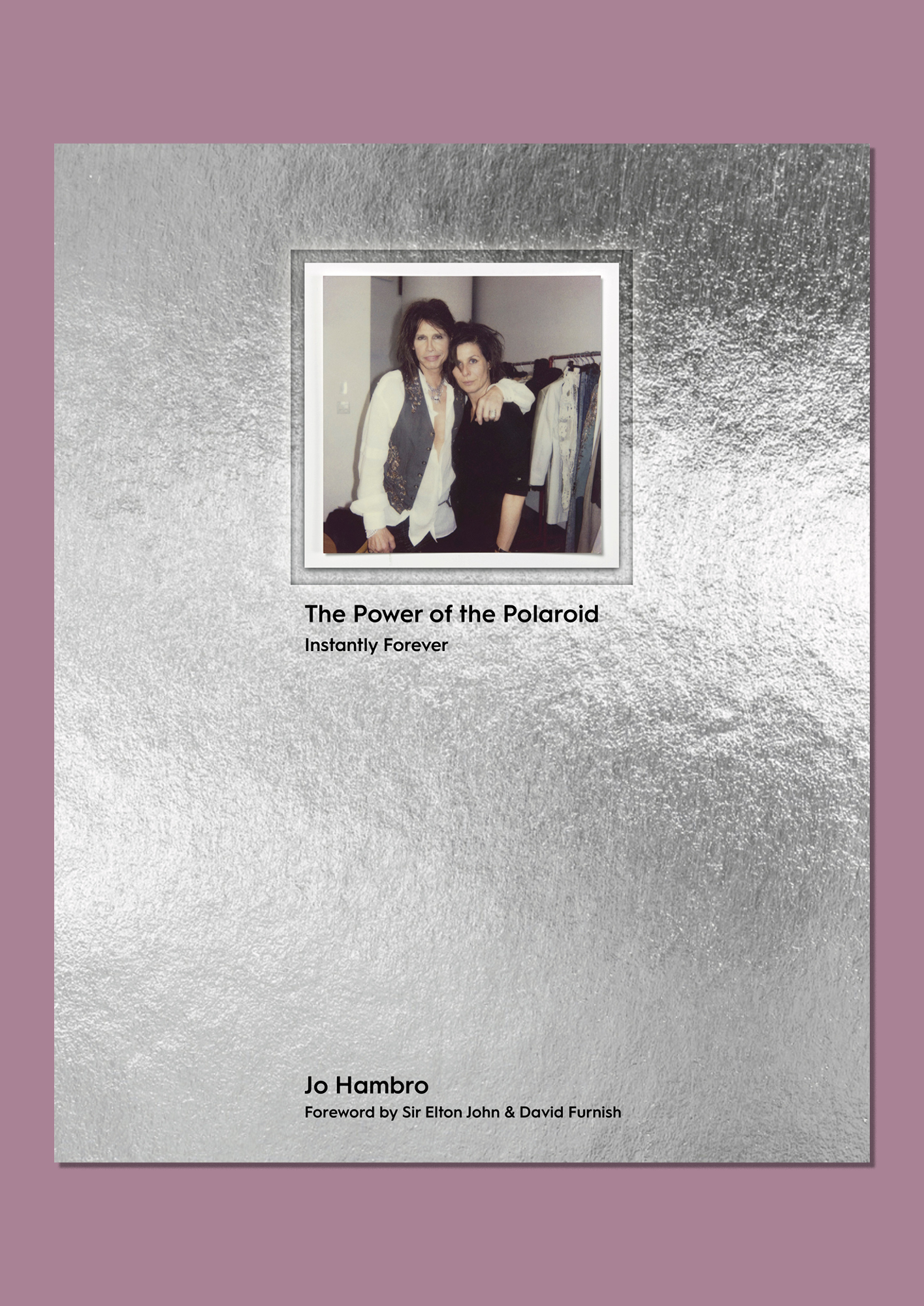
But the Polaroid could also become a problem. ‘Some photographers got completely obsessed with them. Some would take the most beautiful Polaroids, but by time we got onto film we’d missed the light; the best shot was the Polaroid!’ Interestingly, a few, presumably mindful of this possibility, would save the negative from the Polaroid and print from it. ‘Julian Broad and Guzman used to peel off the back of the Polaroid and use it as a negative to print from.’
The book took three years to create. Jo’s initial idea was to pick shoots she had done, publish the Polaroids from the day, and accompany this with a conversation with the photographer who took them in which she would explore his or her process and how together they had partnered to create the end result.
However, the designers of the book wanted to add Jo’s notes and sketches, which was something she resisted. ‘They saw my funny little doodles and wanted to include them. I must say I fought against it; it was the hardest thing for me to let those go. I never did those things for other people to see.’ She lost that battle though, and the book is much the richer for it.
Jo would stare at these with her collaborators – because the photographers were always partners in the fantasy worlds she was creating – and make her comments. Then the picture would be taken in the hope that it would live up to the Polaroid. After several rolls of film had been gone through it would be time to set up the next shot and time for another Polaroid. Jo would often squirrel these away. Later they would be committed to notebooks that also contained her preparatory notes and sketches. But, of course, we never got to see these.
Until now. A new book, The Power of the Polaroid: Instantly Forever, gathers together some of Jo’s favourite shoots from a career that spans some three decades. It came about through chance, she says. ‘I was clearing out my garage and I came across a box and opened it up and there were 30 years of Polaroids, notebooks and all my sketchbooks,’ she explains today. ‘There was so much. It was overwhelming; every shoot, going back years. To when I started at Country Life.’
She had no intention of doing anything with them, but then she received a present from a publisher, Catharine Snow of Clearview Books: a book of pictures by a Scottish photographer called David Eustace who Jo had nurtured many years ago when he was starting out. The book contained some of the work she and Eustace had done together – including a famous shot of Ewan McGregor with shaved head taken up in Glasgow during the filming of Trainspotting.
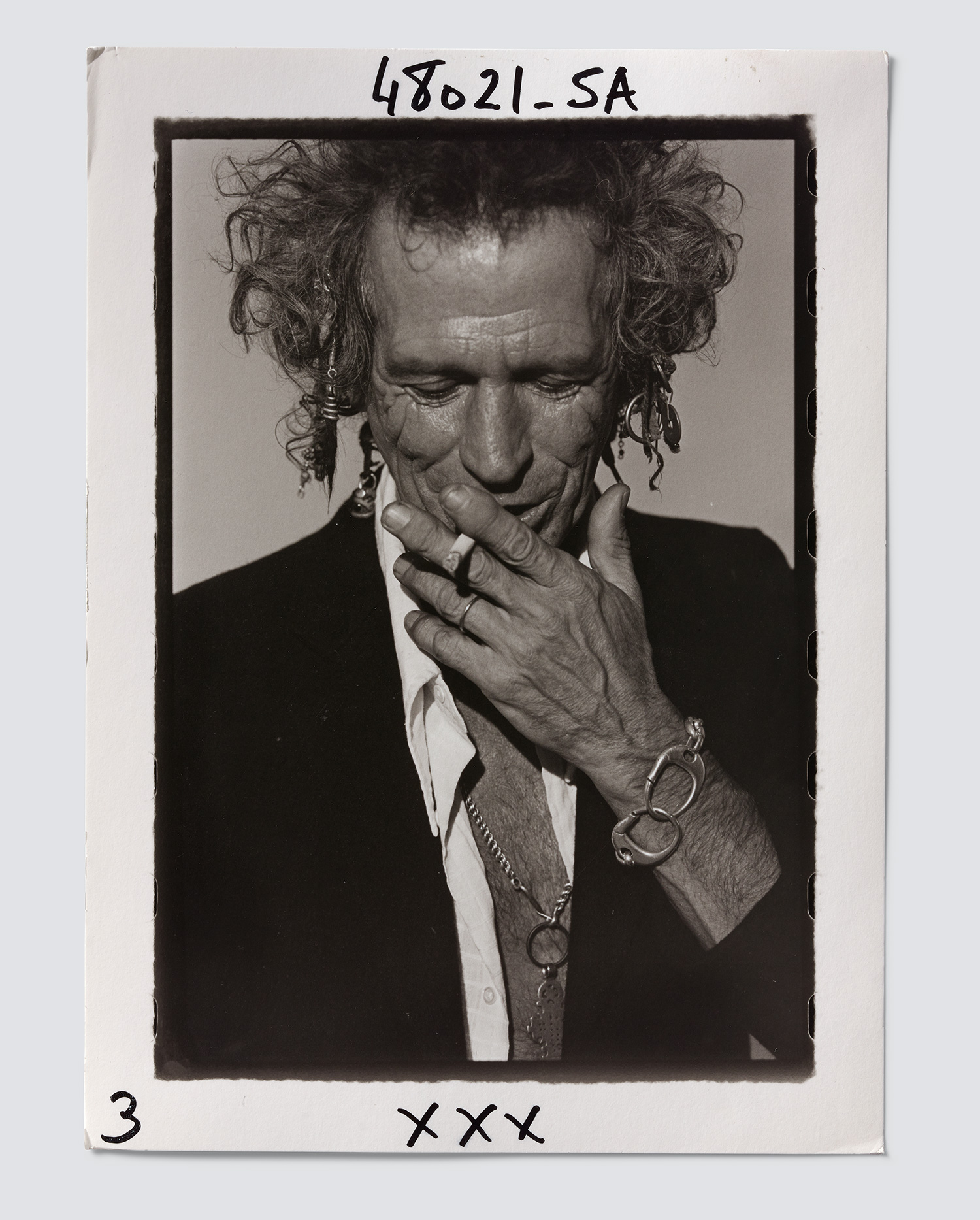
Jo thanked the publisher and somehow they got talking about her box of Polaroids. Snow said she’d like to come round and look at them. After doing so she persuaded Jo that there was a book to be done.
‘I explained to her all about the Polaroid – how that’s the way we worked,’ says Jo. ‘It was a powerful tool. And what was so interesting is that every photographer had a different relationship with the Polaroid. Some used it to principally check lighting, another for composition, another for storyboard; or a combination of all of those things. That’s the power of the Polaroid.’
‘The book is not a glossy coffee table book, it’s a work manual. It’s about the process,’ she explains. What you realise in reading the accounts of how these pictures came about – how David Beckham ended up in just a pair of jeans by Tom Ford for Yves Saint Laurent, stripped to the waist, with a cross of St George painted on the wall behind him (shot by David LaChapelle), or Keith Richards became a piratical suit-wearing troubadour (shot by Peter Lindbergh) – is that this is really first and foremost a love-letter to the art of making pictures.
‘To be absolutely frank, I am very much a director and I work with my photographers really closely and I am with them, every step of the way, literally sitting on the surfboard with them. We have a lot of conversations. You always start your stories with a conversation. That’s why each chapter of this book is a conversation between myself and the photographer.’
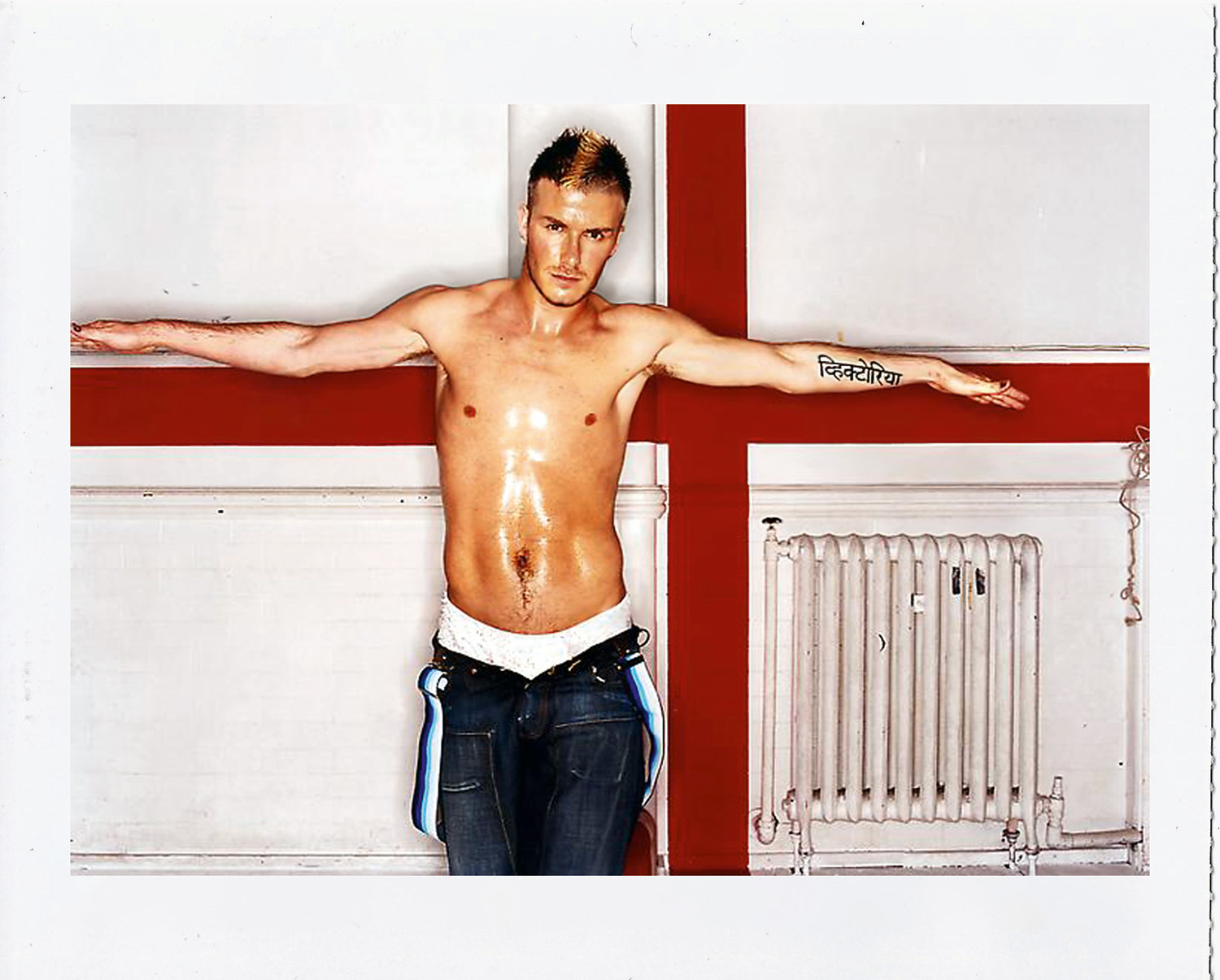
And, where celebrities are concerned, the conversation extends to them, the subjects of the pictures. Jo remembers how when Keith Richards turned up for a shoot in 1999, for what became a joint story for British and Italian GQ, he had something curious in his hair. ‘He said, “I was on the sofa and when I woke up I found this in my hair.” It was a charm, and so, guess what… I used it. I put all these charms in his hair and dressed him up as a pirate. For me, he was always a buccaneer and musketeer.’ it was four years before the release of the first Pirates of the Caribbean film where Johnny Depp used Richards as inspiration for his character of Captain Jack Sparrow (Richards went on to appear as Depp’s father in the franchise in 2007 and 2011).
Then with David Beckham in 2002, she not only used Tom Ford’s collection for Yves Saint Laurent, putting the England captain in a white trilby, white jacket and white baggy pants, but also had some Richard James boxer shorts customised for the shoot. ‘There was a box of Swarovski crystals that Richard James had left over from making outfits for one of Elton John’s shows. Elton is a good friend, and so I asked Richard to embroider some of those crystals on the waistband of a pair of boxer shorts for David to wear.’
Daniel Craig was another interesting subject. ‘I think it was the first [fashion] shoot that Daniel Craig did; it was with [photographer] Julian Broad, and Daniel was really nervous. He was very worried about it when I put him into a Liberty print shirt. But I persuaded him, and the result was great.’
However, despite her ability to put outfits together and imagine picturing her subjects in ways they may not have considered themselves, Jo sees herself as something of an oddity in the fashion world. ‘I’m not just a fashion stylist. I love photography and the type of photographers I work with just love photography too. A great photographer can shoot anything. A fashion photographer might exist just in that world, but look at people like [Richard] Avedon and Irving Penn. They have moments in fashion, but they are just great photographers. That attitude is what draws me to the photographers I like to work with – we love photography and storytelling.’
The people Jo has collaborated with, and continues to work with, read like a roll call of the great image-makers. To LaChapelle and Lindbergh add David Bailey, Terence Donovan, Paolo Roversi, Deborah Turbeville, Steven Klein, Bob Richardson and many more. The Power of the Polaroid contains unseen work by many of these. And behind each picture there is a story.
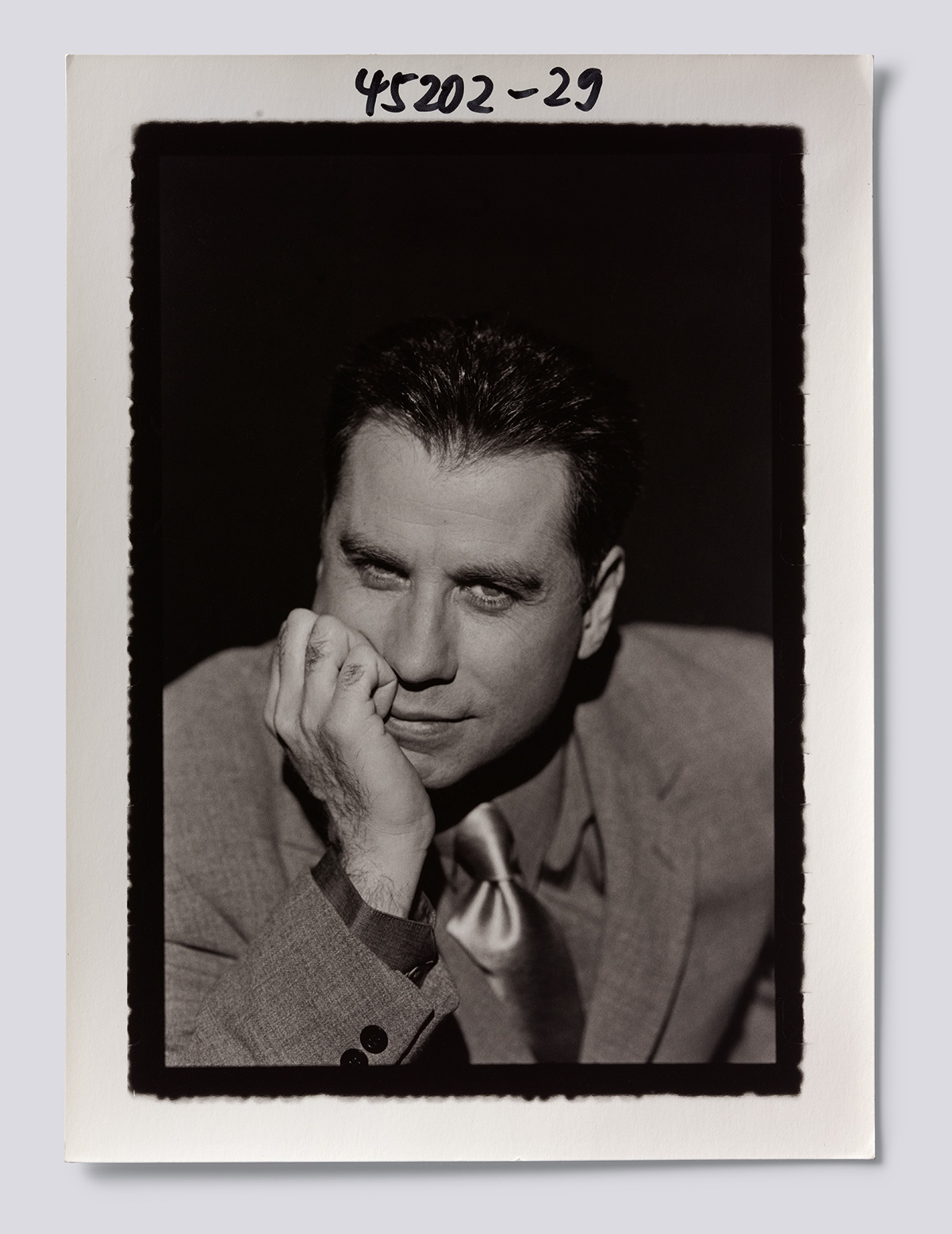
One of those featured is the late William Claxton. Jo explains that back in the early 90s, while assembling her mood boards for shoots she would often use images shot by Claxton that she had found on postcards and collected – mainly of jazz musicians like Chet Baker. One day she decided to see if Claxton was still working and tracked him down by phone in Los Angeles. He was delighted to be called. He had essentially retired, but Jo asked him to come shoot with her. Their first collaboration was a portfolio of pictures of the new generation of jazz artists, all of whom were thrilled to be pictured by the legendary photographer.
‘William Claxton was fantastic. He was a gentle soul. I always used to respect that every photographer has their own way of working and seeing things. I have to step into their world. I have to understand their eye. It becomes fascinating. William had huge respect for musicians, he allowed them to play. Like a panther cowboy he would gently prowl around. He understood music and he loved music. The great thing about shooting musicians is you get to see them get lost in their world. William used to allow them to get lost in their music. When you see people who are really talented and they step into their zone, they are as one with their talent. The key is to capture that.’
She says Claxton was wonderful at letting people be themselves. One afternoon when Jo was at Claxton’s house in Los Angeles with the photographer and his wife (the famous 60s model Peggy Moffitt), he mentioned that he had been friends with Steve McQueen. She asked if he had any pictures of that time and he appeared with a box of images. She was astonished by these intimate images and determined to get them published. Claxton’s shots of McQueen are now well known. ‘You can understand why Steve McQueen would allow William on set – you wouldn’t even know he was there,’ she explains.
Claxton’s shoot with the jazz players features in the book, and so does a shoot from 1991 that Jo did with The Douglas Brothers. ‘It’s the first in the book and it was so significant. I was working at the Independent at the time as the stylist and one of my editors there, Liz Jobey, said, ‘I want to introduce you to these guys; they are not fashion photographers and I think you’ll connect.’
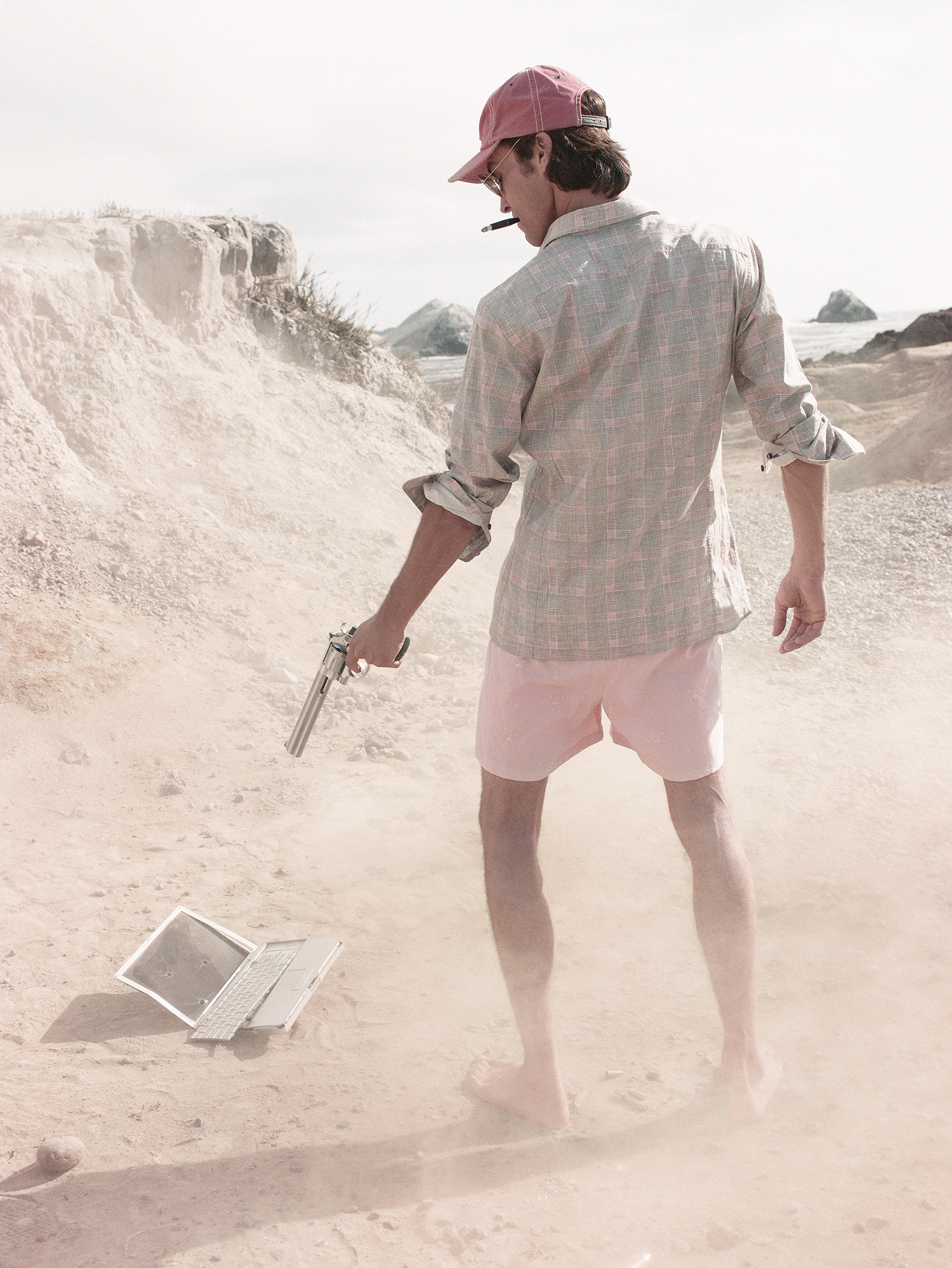
Jo found herself on Camber Sands with the sibling photographer duo Andrew and Stuart Douglas, creating images inspired by photos of bathers in the 30s. ‘It was the turning point in my career,’ she remembers. ‘I suddenly realised that these mad ideas that whirl around in my head could happen. I just had to find the right people to work with. To be honest, I feel that all the great photographers I’ve worked with have been like outlaws. We didn’t follow the trend; we just did what we liked.’
Jo says that The Power of the Polaroid is not just a book about an old-fashioned photographic process. It is also about how you develop your ability and the work that this requires. ‘It’s like anything you do, you have to learn your craft. It takes years to fine-tune it. You need a passion and a drive. That’s the engine. That applies to anything.’
This lesson, she believes, is particularly important in an age where results seem so superficially instantaneous. ‘It is important to explain this to the next generation,’ she says. ‘David LaChapelle spent five years in the darkroom doing black-and-white printing and another five learning how to print colour; he funded himself taking wedding pictures. Picking up a smartphone and taking a picture is not photography.’
Jo Hambro is still working, but these days she is unattached to a magazine (she was creative fashion director at British GQ from 1992-2015). Instead, she works for a number of publications as well as styling people in the worlds of fashion, entertainment, business and politics. She is close to Sir Elton John, and with Gucci, styled him for his Farewell Yellow Brick Road world tour, for the last Oscars and also worked with him on the biopic Rocketman. Sir Elton and his husband David Furnish have written the foreword for The Power of the Polaroid.
The Power of the Polaroid: Instantly Forever, £30, Clearview Books; clearviewbooks.com


